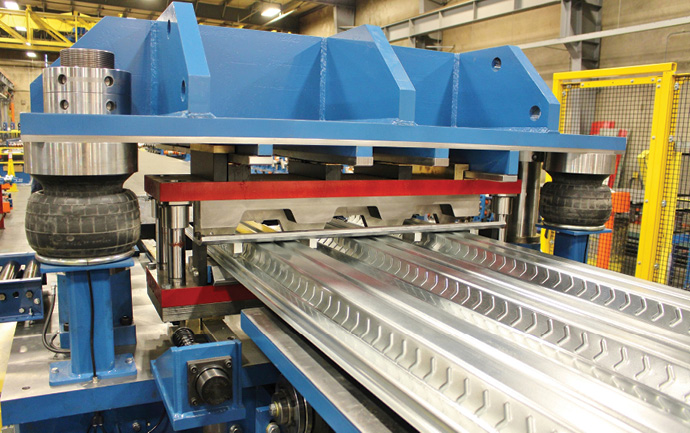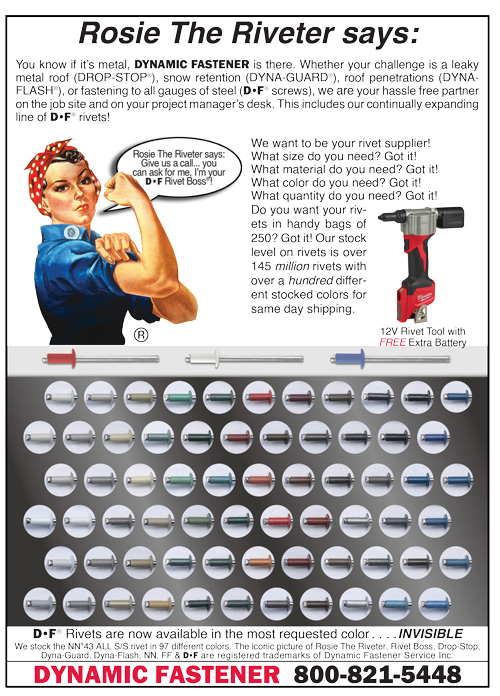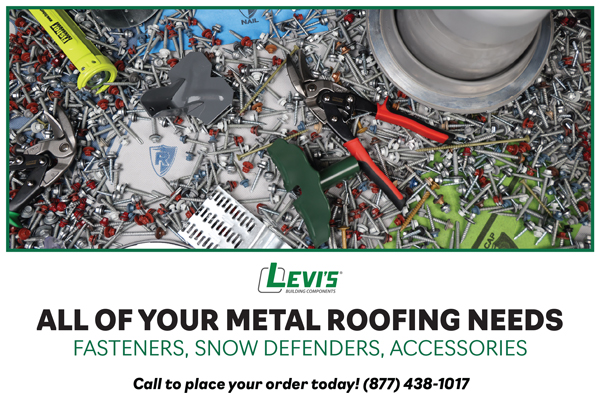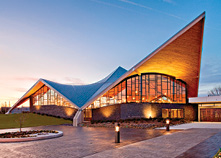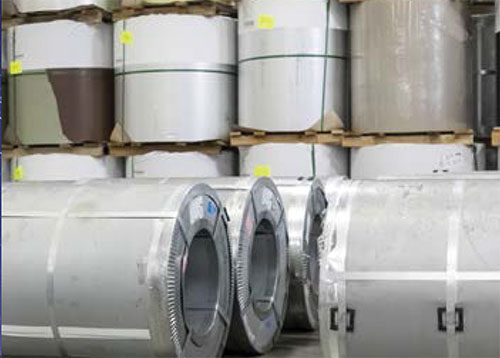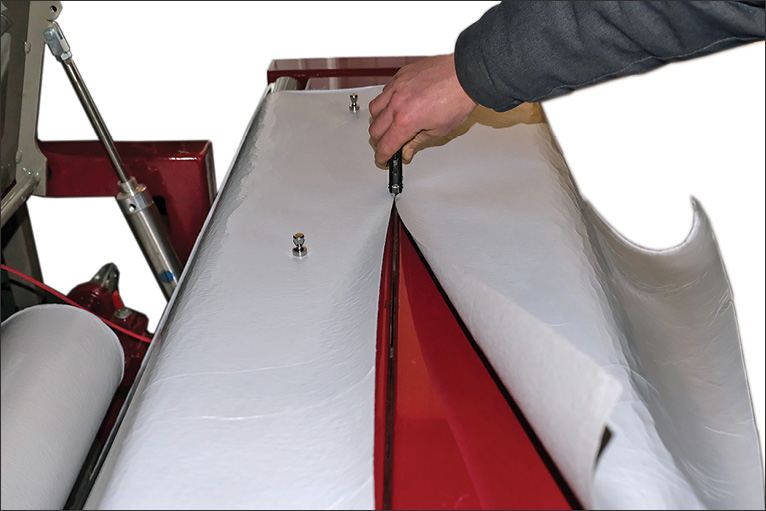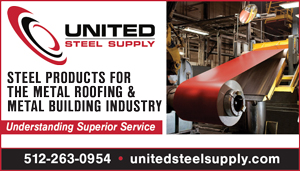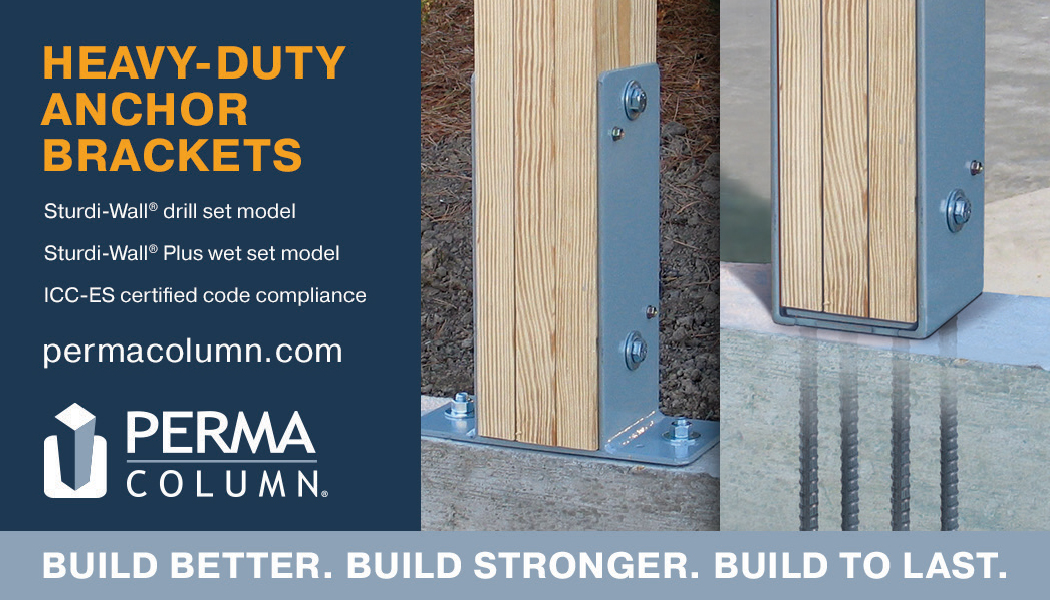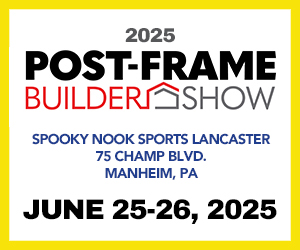How seasoned roll formers move forward with opportunities
Thomas Schwarzer, ASC Machine Tool’s regional sales manager for the Northeast U.S. and Canada, has been a witness to how the roll-forming industry has grown during the past decade. While there are still ample newcomers, there is an expansion trend among established companies. Here are some of his observations regarding typical problems and how to handle them.
1) Raising Productivity
Schwarzer said that after the initial set-up of a metal shop, (typically a panel roll-forming line, a folder [brake], slitter and other smaller pieces of equipment), successful businesses will often experience a shortage of production capacity during the busy season.
“The most common short-term solution is to work overtime to fulfill your orders,” Schwarzer said. But he has another suggestion: “A better way is to add more efficient machinery to expand your capacity and at the same time reduce labor.”
At ASC, he points customers to the company’s single- and multi-trim roll-formers that can produce trim pieces 7 to 10 times faster than a regular folder.
“The next investment is typically a faster and more efficient panel rollforming line with line speeds of up to 200, 300 or even 400 FPM,” he added.
2) Additional Production Facility
Some roll-forming businesses will want to set up a second production facility in a different state, far away from the main business. “This delivers its own challenges,” Schwarzer said. The biggest concern: “How can I monitor the productivity at the new facility without being in the plant at all times?”
More and more owners are now opting for built-in monitoring systems. To meet the demand, ASC has developed roll-forming and coil processing lines with touchscreen controllers and optional Remote Access from EWON for remote, industrial-machine monitoring.
“The controller records all production events, gross and net footage per job, operator name, coil information and much more,” Schwarzer said. “It also provides customizable KPI (Key Performance Indicators) which can give you a quick overview of the efficiency of your operation. All this data can be easily accessed through a web browser while you are at work or at home.”
3) Product Diversity
While high-demand panel profiles are a good way to start up in business, it isn’t long before customers and contractors start asking for additional panel profiles.
“Multiple options are available to make this possible, but it all depends on your initial set up,” Schwarzer said. “If you have a single-profile roll former, you might be able to add a second set of stands and tooling if the new profile requires the same number of roll-forming passes.
“Customers who decided to invest in a roll former with subplated tooling can easily purchase additional sets of tooling and subplates. A changeover between profiles typically takes only 20-30 minutes.
“The third option would be to purchase an additional panel roll-forming line, which is optimized for the production of your new panel profile.”
Whichever option you choose, your machine supplier can assist you in making the correct decision. RF


